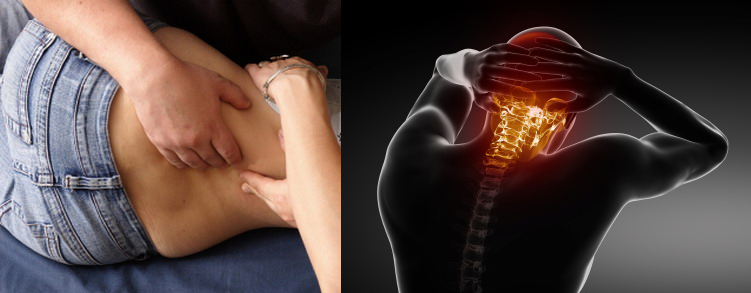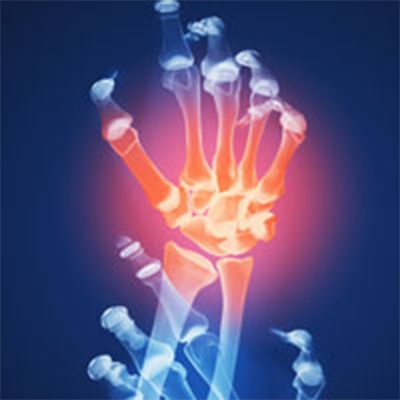For many sufferers, Fibromyalgia (FM) is equivalent to fatigue and muscle pain. Though there are MANY symptoms associated with FM, these two are standouts! The topic this month centers around diet and its role in the management of FM. Last month, we discussed the importance of exercise (particularly walking), and prior topics have focused on the need for a multi-modal treatment plan that is individualized for YOU. Coordinate your dietary strategies with your chiropractor’s office and they will guide you in your personalized nutritional planning as it pertains to FM.
Because we are all truly chemically unique, there is no one “recipe” for every FM sufferer. This is why we recommend making a list of the various approaches AS YOU TRY THEM in order to sort out those most vs. least effective, and most importantly, foods that should be avoided altogether. Patient histories tell us that certain foods can create reactions such as cramping, diarrhea, constipation, and more and that list often includes MSG, certain preservatives, eggs, gluten, dairy, and other high “allergy-based” foods. In a survey published in the journal Clinical Rheumatology, 42% of FM patients reported that certain foods make their symptoms worse. Hence, keep a daily FOOD JOURNAL and grade how different foods make YOU feel on a 0= ”good”, 5= “no change,” and 10= “bad” scale. In as little as two weeks, you will start to see a pattern and avoidance of the “bad” foods makes a big difference! Write down any and all of your symptoms, pro or con, and include things like headache, indigestion, fatigue, aching, etc.
Once you see a “trend” for vs. against certain foods, ELIMINATE the ones that upset your irritable bowel, headaches, fatigue, etc., and avoid these foods for six to eight weeks. Then, to “challenge” your list of foods, you can then ADD ONE food back into your diet at a time to determine consistency and if it TRULY is a culprit FOR YOU! From experience, Dr. Ginevra Liptan, MD, medical director of the Frida Center for Fibromyalgia, in Portland, Oregon and author of Figuring Out Fibromyalgia: Current Science and the Most Effectve Treatements, dairy and gluten appear to be consistent culprits with fatigue, irritable bowel, and leaky gut symptoms like bloating and constipation. We will guide you in this process and/or help coordinate these services with an allergist and/or dietitian when it’s appropriate.
Some preliminary studies are showing that certain medicinal herbs and natural supplements may help manage FM related symptoms – remember to WRITE DOWN your experience with these various options: 1) 5-HTP (5- Hydroxytryptophan): This is a “building block” of serotonin which is a POWERFUL brain chemical associated with sleep and depression. It is thought that serotonin plays a significant role in reducing fibromyalgia suffering, particularly by increasing deep sleep and reducing pain. Studies show improvement in depression, anxiety, and insomnia as well! Though not ALL studies support its benefits, it’s worth a try given its limited side effects and potential for helping! 2) Melatonin: This is a “natural hormone” used to improve sleep patterns, which is a perfect fit for the sleep problems and fatigue associated with FM! Most people tolerate this well but a few may experience drowsiness, and for those, caution is appropriate when driving! 3) Probiotics: This is “…the new kid on the block,” as it’s showing up on labels of everything from yogurt to granola bars! These contain “friendly bacteria” we want in our digestive systems. Certain “strains” or types of “good-guy” bacteria aid in many conditions including irritable bowel, traveler’s diarrhea, reducing inflammation, boosting the immune system, and more! Note, there are MANY strains of probiotics, which we will discuss in PART 2 next month as we continue this “healthy” discussion of dietary approaches in the management of FM!
If you, a friend or family member requires care for Fibromyalgia, we sincerely appreciate the trust and confidence shown by choosing our services!






